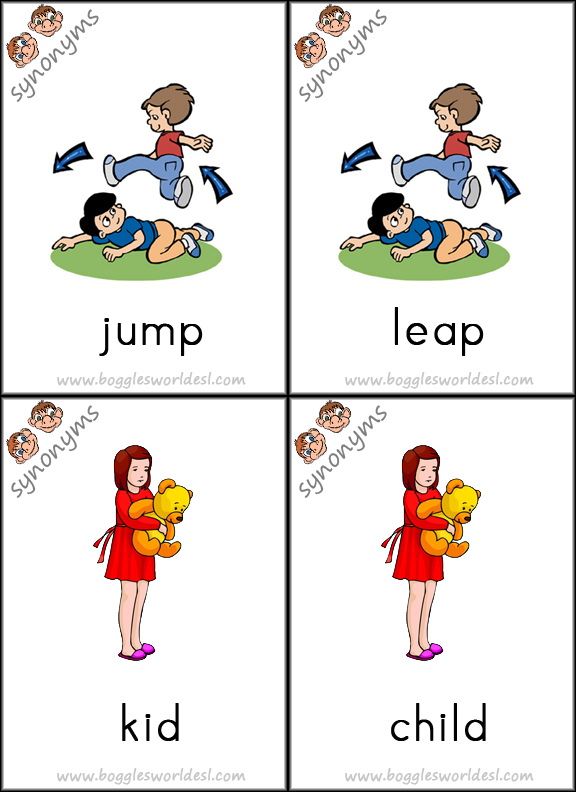What is a verb?
A verb is defined as a word that names an action or describes a state of being. It tells what the subject does, has or is.
Verbs can be classified based on their forms as shown in the diagram below:
Infinitive
/ Base Form
|
Present
Tense Form
|
Past
Tense Form
|
Present
Participle Form
|
Past
Participle Form
|
eat
|
I eat
|
I ate
|
I am eating
|
I have eaten
|
kick
|
You kick
|
You kicked
|
You are kicking
|
You have kicked
|
buy
|
We buy
|
We bought
|
We are buying
|
We have bought
|
cut
|
They cut
|
They cut
|
They are cutting
|
They have cut
|
lie
|
He lies
|
He lied
|
He is lying
|
He has lied
|
be
|
She is
|
She was
|
She is being
|
She has been
|














